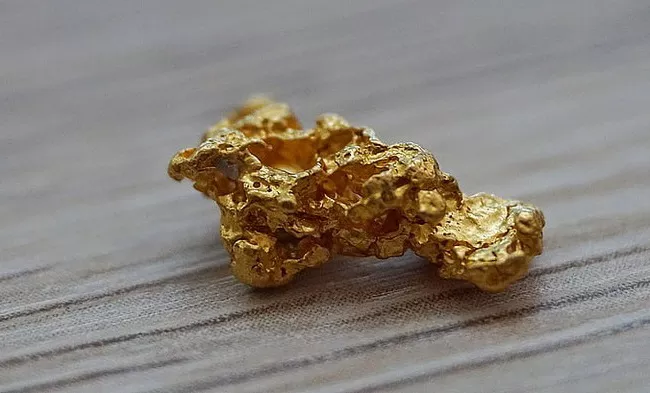Throughout history, gold has captivated human civilization like no other precious metal. From its early use as adornments for ancient kings to its prominent role in modern financial markets, gold has retained its allure and been universally recognized as a symbol of wealth and prosperity. But what exactly makes gold so valuable? In this article, we delve into the intrinsic qualities and historical significance of gold to unravel the mystery behind its enduring worth.
Historical Significance
Gold’s value is deeply rooted in its historical significance. For thousands of years, gold has been regarded as a symbol of power, wealth, and prestige across various cultures. Ancient civilizations, such as the Egyptians, Greeks, and Romans, held gold in high esteem, associating it with the divine and using it to craft intricate jewelry, statues, and ornaments. The rarity and aesthetic appeal of gold made it a symbol of social status, reinforcing its intrinsic value.
Durability and Uniqueness
One of the key reasons gold has retained its value over time is its durability. Unlike other metals, gold is highly resistant to corrosion, rust, and tarnish. It does not react with air or moisture, ensuring that it remains pristine and retains its luster over extended periods. This unique characteristic makes gold an ideal choice for jewelry and has led to its use as a medium of exchange and a store of value.
Scarcity and Limited Supply
The scarcity of gold is another fundamental factor that contributes to its value. Gold is relatively rare compared to other metals found in the Earth’s crust. The limited supply of gold ensures that its acquisition and extraction require significant effort and resources. Furthermore, the cost of mining, refining, and processing gold adds to its overall value. As a result, the scarcity and associated high costs of acquiring gold enhance its desirability and worth.
Universal Acceptance
Gold’s value extends beyond geographical boundaries and cultural differences. It has been recognized and valued across civilizations, making it a universally accepted form of currency and a safe haven asset. The inherent trust in gold stems from its stable and consistent value over time, which is largely immune to political turmoil, economic fluctuations, and inflation. Central banks, governments, and individuals alike consider gold as a hedge against economic uncertainties and a means to preserve wealth.
Industrial and Practical Uses
While gold is renowned for its aesthetic appeal and historical significance, its value is not solely derived from these aspects. Gold possesses excellent thermal and electrical conductivity, making it an essential component in various industries, including electronics, dentistry, and aerospace. Its unique properties are harnessed in the production of high-quality electrical connectors, computer chips, and other sensitive electronic components. The demand for gold in these sectors further bolsters its value.
Psychological Factors
The psychological appeal of gold cannot be underestimated when considering its value. Human beings are instinctively attracted to shiny and beautiful objects, and gold perfectly encapsulates these characteristics. The emotional connection and desire for gold have transcended generations, shaping its enduring appeal. Moreover, gold’s tangibility and physical presence instill a sense of security and trust, reinforcing its status as a valuable asset.
Financial Markets and Investment
In addition to its cultural and historical significance, gold plays a crucial role in modern financial markets. Gold is traded as a commodity and an investment instrument, with its price influenced by supply and demand dynamics, geopolitical tensions, and economic factors. Investors turn to gold as a diversification tool and a hedge against inflation and currency fluctuations. The stability and value of gold have made it an attractive investment option for individuals, institutions, and even governments.
Gold’s Role in Jewelry and Fashion
Gold’s intrinsic value is closely tied to its use in jewelry and fashion. The enduring appeal of gold in these industries stems from its ability to evoke a sense of luxury, beauty, and craftsmanship. Gold jewelry has been adorned by both women and men for centuries, serving as a form of self-expression and a reflection of personal style. The craftsmanship involved in creating intricate gold jewelry, often embellished with precious gemstones, adds to its value as a work of art. The demand for gold in the jewelry industry remains strong, contributing to its overall worth.
Conclusion
Gold’s enduring value can be attributed to a combination of historical, cultural, economic, and psychological factors. Its rarity, durability, universal acceptance, and practical applications contribute to its intrinsic worth. Gold’s role as a safe haven asset, its use in jewelry and fashion, and its significance in financial markets solidify its position as a symbol of wealth, prosperity, and stability. Despite the evolution of currencies and financial systems, gold remains a timeless asset that continues to captivate and maintain its allure in the modern world.


